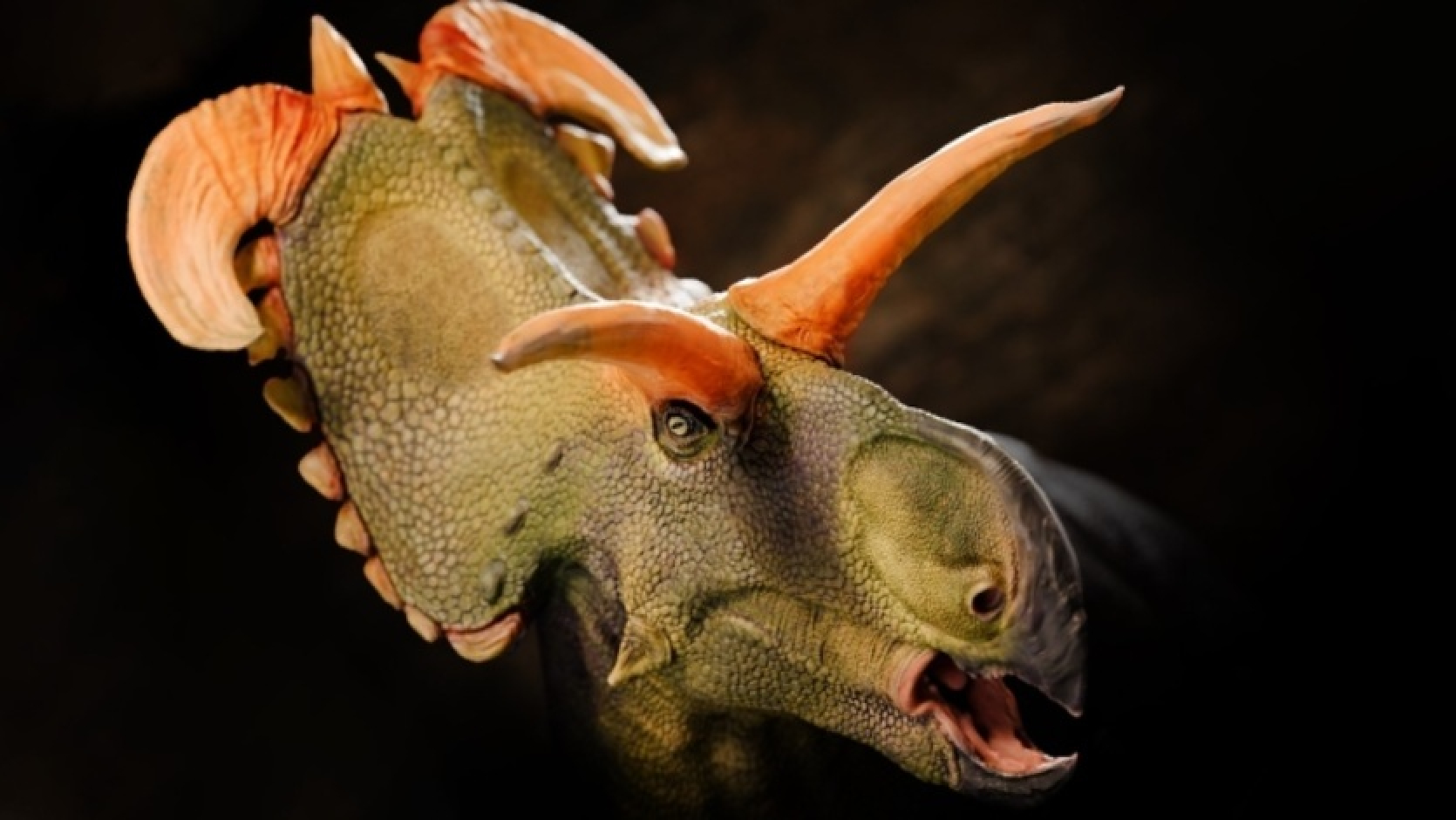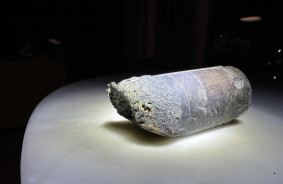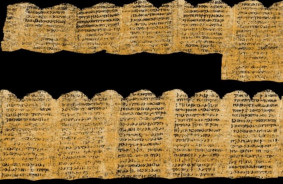A dinosaur, which scientists called Lokiceratops rangiformis (or simply Loki), roamed the western part of North America over 78 million years ago when the continent was divided into several island masses.
Fossils that helped identify Loki's identity were unearthed by a group of researchers from the United States, Canada, Great Britain, Denmark, and Panama in the northern lands of Montana, not far from Canada. It is believed that the dinosaur settled along the eastern shores of Laramidia - an island continent of the late Cretaceous period, which divided what we now call North America into two parts.
The first part of the name of the dinosaur Loki is a reference to the name of the Scandinavian god (considering that the skull is sent to Denmark and resembles the helmet of the Marvel character of the same name), and the second part denotes its belonging to a diverse group of dinosaurs known as ceratopsids (which are believed to have first appeared on Earth approximately 92 million years ago). This is the fourth ceratopsid of its kind and the fifth horned dinosaur discovered in this region.
Loki was a large herbivorous animal with curved horns above its eyes. However, as threatening as they may look in reconstructions, they were actually used as ornaments that encouraged females to mate.
The body of Lokiceratops reached 6.7 meters in length, and the skull itself stretched to 2 meters (from the tip of the nose to the tips of the horns). The dinosaur likely weighed 5 tons, which puts it on par with the largest elephants that exist on Earth today.
The team's discovery is detailed in an article published on Thursday in the journal PeerJ, while the Utah State Museum and other affiliated institutions will introduce the dinosaur to the public this week. The team also provided reconstructions of the Lokiceratops species and three other species of ceratopsids that lived alongside it.
Source: University of Utah Press Release, Gizmodo, The New York Times














Comments (0)
There are no comments for now